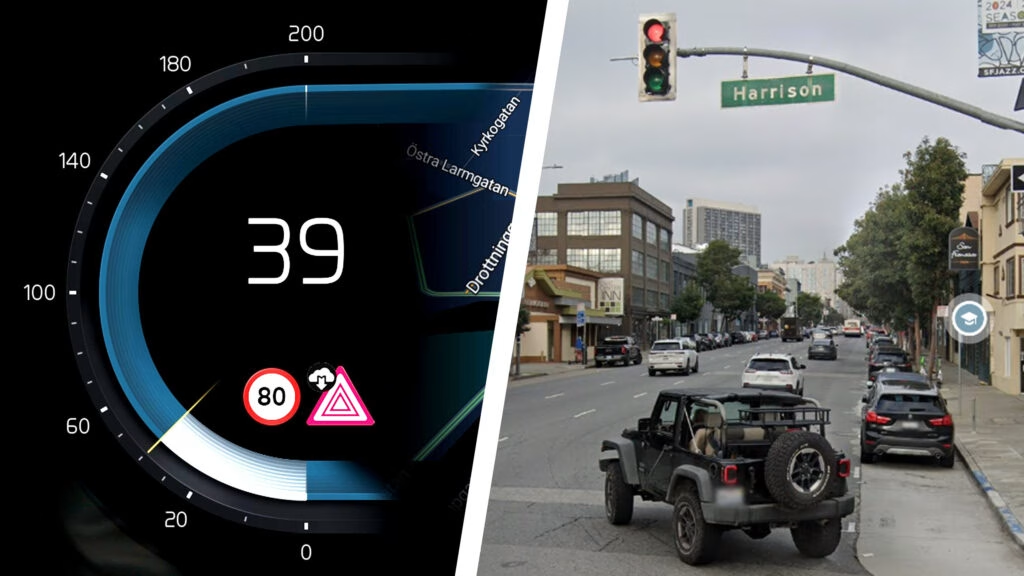Why Did San Francisco Install Speed Cameras and How Do They Work?
San Francisco’s streets just got a little less forgiving for speeders. The city has rolled out 33 speed cameras across several neighborhoods, and these aren’t just blinking boxes meant to scare you into slowing down. They’re fully operational, and yes, they’re issuing real tickets. This marks the first time California has deployed automated speed enforcement, a move that’s been years in the making as city leaders look for new ways to keep streets safer for everyone—whether you’re behind the wheel, on a bike, or just crossing the street.
So, how do these cameras work? They’re strategically placed in areas with a history of speeding and traffic incidents. During a two-month trial, the cameras issued over 350,000 warnings, giving drivers a heads-up before real fines kicked in. Now, if you’re caught going 11 mph or more over the limit, expect a $50 ticket in your mailbox. The fines scale up quickly: $100 for 16 mph over, $200 for 26 mph over, and a whopping $500 if you’re clocked at 100 mph or more. For lower-income drivers, the city offers reduced fines or the option to complete community service instead of paying up.
What Impact Have the Cameras Had on Driver Behavior?
You might be wondering if these cameras actually make a difference or if they’re just another way for the city to pad its coffers. The early data is hard to ignore. After the cameras went live, speeding dropped by more than 30 percent across all monitored corridors. In some high-traffic areas, the reduction was even more dramatic—one corridor saw a 40 percent drop, another an impressive 63 percent. That’s not just a blip; it’s a real shift in how people drive.
Here’s another telling stat: over 70 percent of drivers who received a warning didn’t get a second one. It seems that a little nudge (and the threat of a fine) is enough to get most folks to ease off the gas. According to city officials, the cameras are already issuing fewer notices as drivers adjust their habits. That’s a win for safety, and it’s exactly what the city was hoping for.
How Transparent Is the Program? Can Drivers Know Where the Cameras Are?
One thing San Francisco has done differently is prioritize transparency. The city isn’t trying to catch you off guard. There’s a public map showing every camera location, and an interactive online tool lets you see not only where cameras are now, but where new ones might pop up in the future. This approach gives everyone a fair shot at staying ticket-free—just check the map before you drive, and you’ll know exactly where to be extra careful.
This level of openness is rare. In some cities, speed cameras are hidden or moved without warning, leading to accusations of “gotcha” enforcement. San Francisco’s strategy is more about changing behavior than racking up fines, and the early results suggest it’s working.
Are Speed Cameras Fair? What About Equity Concerns?
Automated enforcement always raises questions about fairness, especially for lower-income drivers who might struggle to pay hefty fines. San Francisco’s program addresses this head-on. If you can’t afford a ticket, you can apply for a reduced fine or opt for community service. This isn’t just a nice gesture—it’s a recognition that traffic safety shouldn’t come at the expense of the city’s most vulnerable residents.
Experts in urban policy have pointed out that equitable enforcement is key to building public trust. When people see that the system isn’t just about revenue, but about safety and fairness, they’re more likely to support it. San Francisco’s approach could set a new standard for other cities considering similar programs.
How Does San Francisco Compare to Other Cities Using Speed Cameras?
San Francisco isn’t the first city in the US to try automated speed enforcement, but it’s the first in California. Other states have seen mixed results. In some places, speed cameras have dramatically reduced speeding and crashes. For example, New York City reported a 14 percent drop in traffic fatalities after expanding its speed camera program, according to the city’s Department of Transportation.
But there are pitfalls. Some cities have struggled with drivers ignoring tickets or finding loopholes to avoid paying. Others have faced backlash over hidden cameras or unclear signage. San Francisco’s focus on transparency, equity, and data-driven placement could help it avoid these issues and become a model for other cities.
What’s Next for San Francisco’s Streets?
The city isn’t stopping with these 33 cameras. Officials are already looking at expanding the program based on early successes. They’re also tracking data closely to see which corridors benefit most and where enforcement might need to be adjusted. As more people return to offices and schools, the hope is that safer streets will mean fewer crashes, injuries, and tragic headlines.
The big takeaway? Safer streets in San Francisco aren’t about perfection—they’re about smarter adjustments. Start with one change this week, and you’ll likely spot the difference by month’s end.

